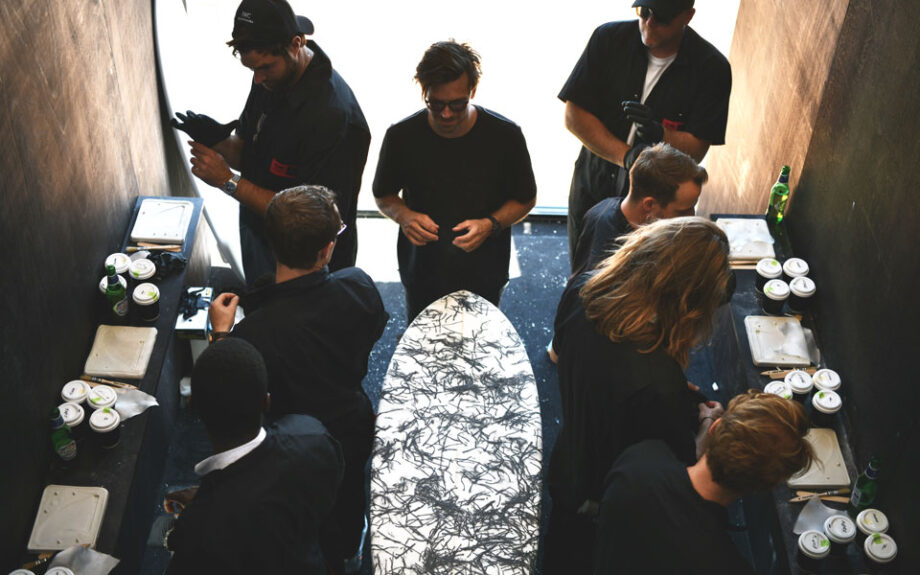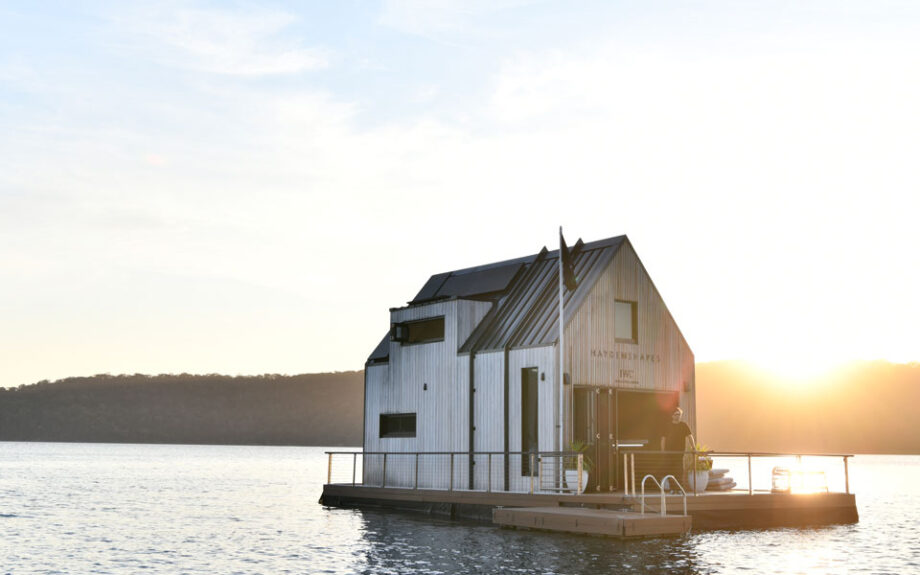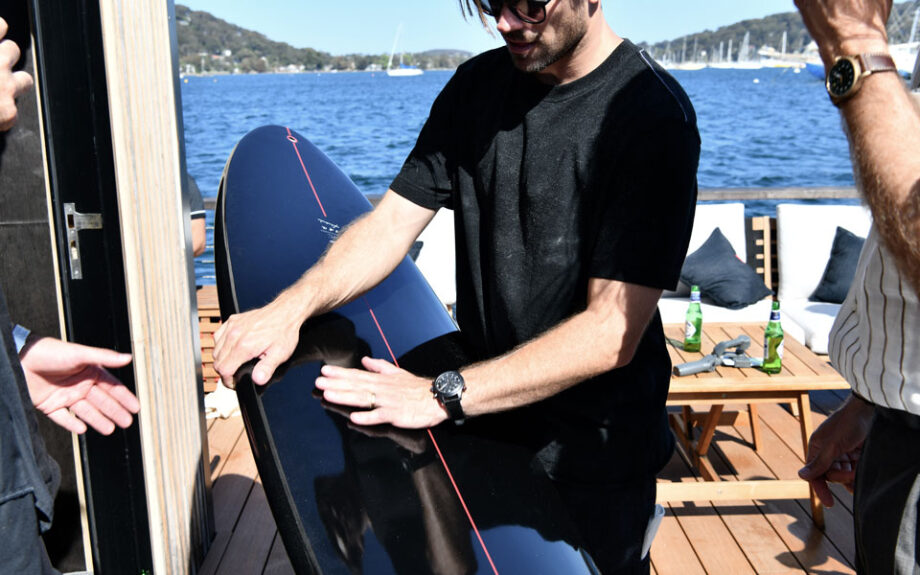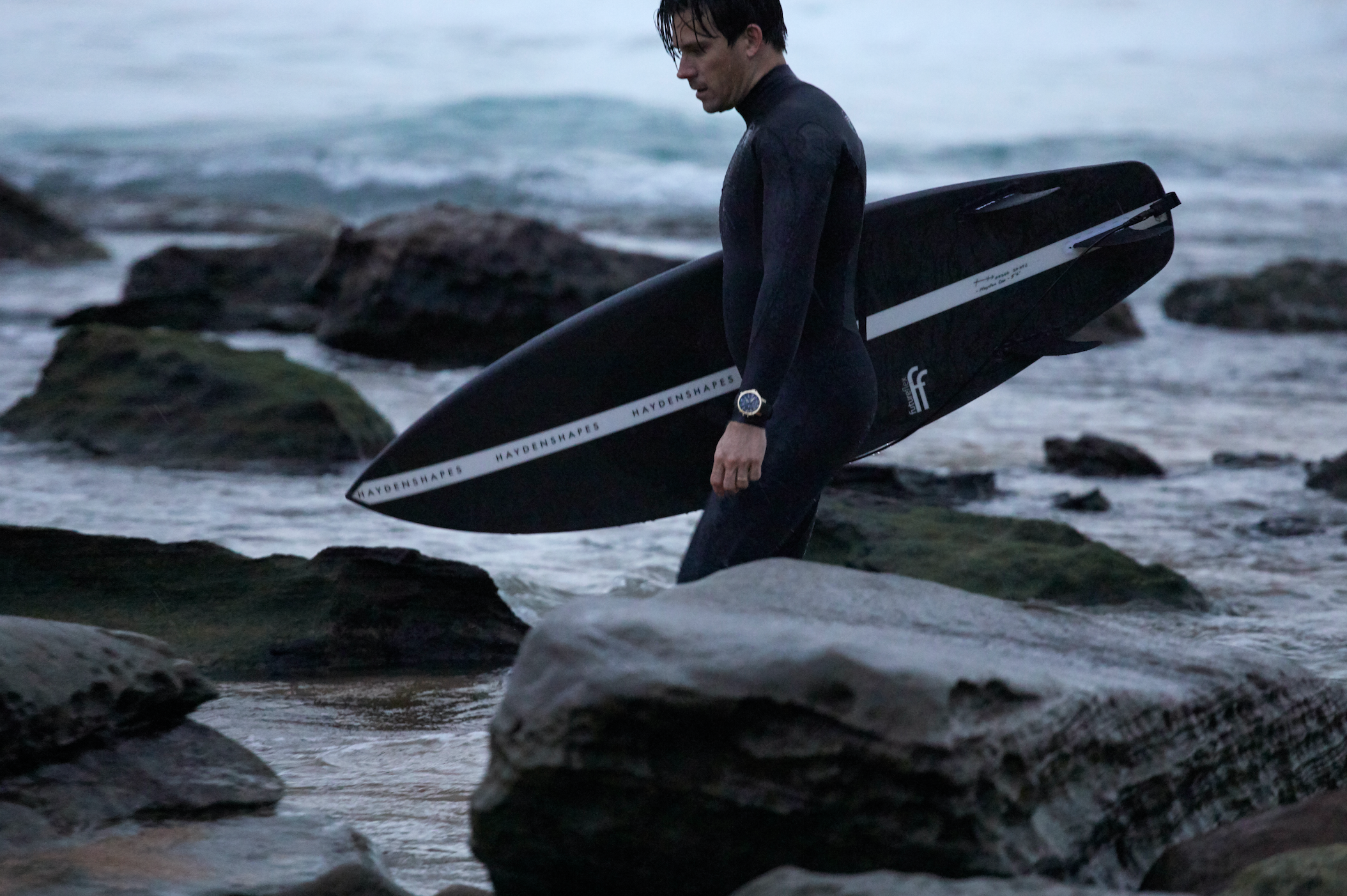If being a surfer means heading down the coast with just the shirt on your back and a battered ’90’s thruster in the trunk; precious few of us ~surf~ anymore. These days almost everyone from pros to weekend warriors are rocking the latest new-fangled technology and saving the council cleanup finds for closeout southerlies.
Despite this, thanks to long-haired, dolphin-loving surfer icons like Dave Rastovich, we have escaped judgement from the world’s more judgemental Keep Cup Carriers, earning a reputation as oil company protesters and fish farm whistleblowers rather than a demographic whose carbon footprint would make a fighter pilot blush.
There is a ray of hope, however, because while we will have to wait for some kind of miracle to be able to fly with a free conscience (as will everyone), there is something that can be done about the waste our surfboards generate.
Reducing it.
While this might sound like a humble aim, when you consider how important a marketing factor ‘performance’ is in something like a surfboard, for the time being reducing waste may be a far more effective strategy (it’s all well and good making fully sustainable boards, but if no one is switching away from traditional PU to buy them then you’ve wasted your time) than making the switch to fully biodegradable materials.

Hayden Cox, owner and founder of Haydenshapes, whose Futureflex technology has helped place his brand at the high end of the surfboard industry, has recognised this, telling DMARGE that during a tour of a watch manufacturing facility in Switzerland, “They showed me how they were upcycling all their leftover metal parts.”
“I was looking at how they were catching, weighing and tracking their precious metals throughout the manufacturing process, [meanwhile] 30% of our foam goes into dust.”
“I kind of lost my sh*t in there,” Hayden said. “I asked lots of questions about the process of how they build their watches. Myself owning a factory as well building surfboards I thought: what could we do?”
The answer? Applying upcycling, the process by which waste becomes a functional new product (long a feature of the luxury watch industry) to surfboard design. To do this, Hayden made the world’s first remote surf studio (aptly called Remote), a place where he has conceived “a more sustainable thought process in manufacturing surfboards.”

How? Speaking recently to DMARGE, Hayden told us, “One of the best ways to be more sustainable is to re-use what we have been throwing in the bin in a creative way to build performance components of the board.”
So instead of throwing away the 20% of glass and carbon fabric that would normally be discarded when you cut a surfboard shape out of the rectangular sheets these materials come in, Hayden now plans to use these offcuts to create a “new circle fabric” to laminate boards with (and which comprises of 60-70% upcycled glass and carbon), a new technique which he unveiled the week before last to a small media contingent which included DMARGE.
Demonstrating “ground zero” of the new tech (and first-ever board!) of the new process, Hayden took us through a hands-on demonstration of how his surfboard design company could become more sustainable. He is also under no illusions, telling DMARGE: “We’re not a sustainable company at this point but I’m working and designing towards that.”
“It’s a process – it doesn’t happen overnight – I like to put performance first so that it feels good under your feet. Even if I have to get more creative it’s something I don’t want to comprimise on.”
This experiment began about a year ago, Hayden told us, with “little experiments here and there, finding the time to break away and focus on [the Remote concept].” Throughout the process, Hayden came to appreciate even further how – conceptually – when it comes to design, engineering and functionality, there is not as much difference between a luxury watch and a high-end surfboard as you might think.
“For them [watch manufactorers] it’s innovative functionality – mechanisms and innovations in the watch industry. And there’s a strong synergy there – it’s a different craft but we both need a serious eye for detail.”
“It’s easy to get chatting with some of these watchmakers; I really vibe on it.”
So what now? How long until performance-minded surfers have no excuse not to jump aboard the sustainability movement? Still quite a while, Hayden told us, as this is the first board of the upcycling batch, and the technology is yet to be tested and refined by himself and his team riders.
As for his expectations?
“We’re still using carbon fibre, epoxy and eps foams [the same materials Hayden uses for his signature, high-performance Futureflex tech], but Futureflex has a defined flex pattern through the unidirectional carbon fibre frame and that sits on the rail line of the board.”

This means the upcycled boards should provide a lot of acceleration, and make your surfing feel easier (like the Futureflex technology). However, it also means they won’t be as predictable as the Futureflex boards because “unless you have your fibres in exactly in the same shape [something not currently possible with recycled fibres] you’re not going to be able to replicate that flex pattern so it’s not going to have that same level [of performance].”
“If I could take my chopped up carbon fibre (and maybe one day I will) and then put it back into unidirectional fibres with a machine that straightens it all out and joins it all back together to create long fibres out of it,” Hayden told us, then this story might change. But that’s “not quite on the doorstep” at this point.
Stay tuned though, because Hayden is already thinking about potential solutions: “There’s a guy down in Melbourne who gets carbon rods and splits filaments off them. So if I could turn my wasted carbon into a carbon rod and then run it through his machine he could – in theory – pull a new fibre off it. But that’s going to be a big challenge.”
Another positive sign is that Hayden has a track record of bucking the trend, as his patented Futureflex technology, back when he first started testing it, also required a big manufacturing shift: “When we designed the carbon tapes that go on our Futureflex carbon frame we had to create a whole new way of manufacturing the carbon tape to work on our surfboards.”
All up, this new technology reveals – though surfers may not be the eco-warriors we are often made out to be – if the industry can cater to our performance demands (both perceived and real) then we may have a better chance of keeping sea-levels at a point where our grandkids can enjoy being scalped by low tide Bingin too.
